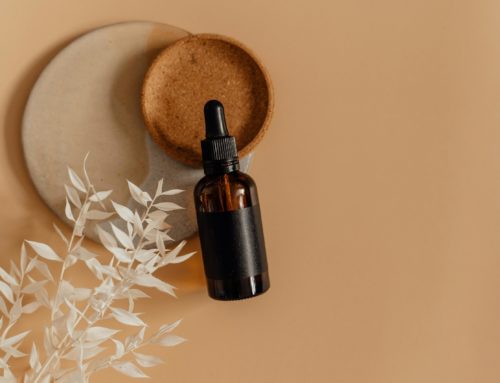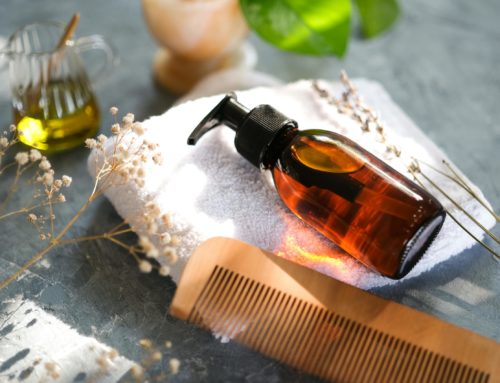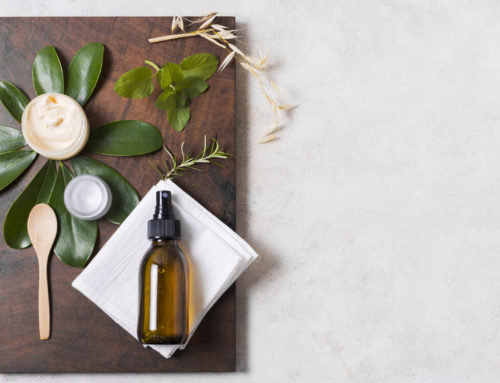Step-by-step guide on how to create a brand of cosmetics products
- Market research for cosmetics brands.
- Choosing products for your cosmetics brand.
- Regulations and certifications for cosmetics brands.
- Creating a business plan for your cosmetics brand.
- Designing packaging and attractive labels for cosmetics products.
- Choosing cosmetics product suppliers and manufacturers.
- Digital marketing strategies for cosmetics brands.
- Managing the supply chain in the cosmetics industry.
Starting out in the exciting world of cosmetics is a job that requires time and dedication to define the commercial purpose, create the brand and study the market. Here at MS Laboratorios, we have spent years helping new clients and brands start out in the cosmetics industry, guiding them from the beginning.
The first steps must be taken in a considered and measured way since, beforehand, we will have outlined and planned a marketing strategy that will serve as a guide on this great adventure. The cosmetics sector is an industry in constant growth. In fact, it is calculated that the global cosmetics market is worth 250 million euros and a growth of 4.2% is forecast up to 2030.
So why wouldn’t companies opt for this industry? An area that prospers and grows builds trust and security when it comes to investing and creating new business models. In this way, with appropriate planning and initial investment, any brand can progress in the cosmetics market.
Therefore, if you are in the situation of wanting to create your own cosmetics brand, don’t miss this comprehensive guide where we will explain the entire process and development, from the initial planning to the commercial management of beauty products.
At MS Laboratorios, we manufacture high quality and premium cosmetics products for all types of consumers. Additionally, our formulations have all of the guarantees of being manufactured in the European Union. If you would like to obtain further information about how we undertake the entire process, don’t hesitate to contact us.

1. Market research for cosmetics brands
Before starting the whole process of creating a brand, it is important to begin with the basics: researching the market to understand the trends, competition and your target audience’s needs.
However, understanding which niche is the right one for your beauty business will also be vital since, as your company matures, you will need to adapt and perfect your strategy in order to fit into the market. The trends of the industry and the needs of your customers change over time.
To successfully find your market niche, we offer you the following methods that you can start to apply:
- Identify your customers’ passions: find out which aspects and parts of the beauty sector your potential customers are most excited about, whether this is skincare, haircare or facial care. Your audience may prefer organic cosmetics? Or perhaps, they are more into vegan products?
Use whatever excites and attracts them to influence them and be able to build your market niche gradually.
- Research and analyze the market: research the trends, gaps and business opportunities that you can find in the beauty and cosmetics sector. You can analyze your direct competition in order to discover their strengths and weaknesses. This will enable you to meet the needs they don’t, stand out from the other brands and attract your target audience.
- Establish your target audience: define your ideal customers, taking into account some demographic information like age, gender, location and lifestyle. Additionally, you can analyze other features about them, such as their preferences, interests and values. Once you have created and developed your potential customer profile, you are going to be able to comprehend and understand your customers much more. This will enable you to tailor your products and services to the needs and desires of your consumers.
- Find your unique selling points: locating a unique selling point will help you to attract users and stand out from the competition. You can offer personalized consultations, use organic and natural ingredients in your products or develop specialized cosmetics. Ultimately, you must provide exclusivity through your products and services to stand out from the rest.
- Carry out testing with your consumers: before launching a product onto the market, you can carry out small validation tests with your consumers. In other words, create surveys, interviews or focus groups to find out the opinions of your target audience with regard to your products and services.
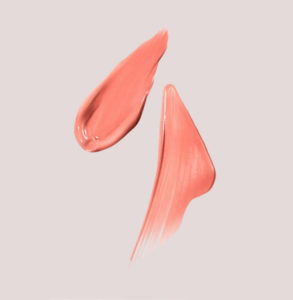
2. Choosing products for your cosmetics brand
Once you have analyzed your market niche and defined your target audience, you should start developing and managing your business plan. Firstly, it is vital to know what your brand’s initial products will be, that way you will be able to start off with an initial approach and refine your marketing and advertising strategy.
In the beauty and cosmetics sector, there are many different products that you can sell to satisfy consumer needs:
- Face creams, concentrates, face moisturizers, regenerating or anti-wrinkle creams, eye contour creams, anti-pigment creams, masks, tonics, stretch mark or anti-cellulite creams, massage creams and oils, firming or moisturizing lotions, hand and foot creams, body exfoliators and hair masks.
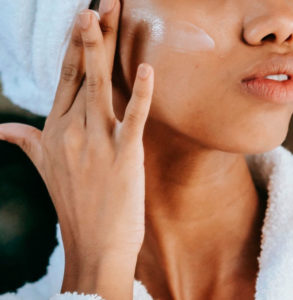
The beauty industry features a wide variety of products to create a cosmetics line. These items can be tailored to the different skincare needs of each user. It is also possible to launch a single product, in which case the brand must decide what its business model will be like.
3. Regulations and certifications for cosmetics brands
To guarantee the safety and legality of cosmetics products, a series of regulations and certifications must be complied with. These measures guarantee that these products are suitable for consumption and that they are not harmful to the public’s health since they are duly labelled and comply with government regulations.
These government regulations are different in each country and region, however, the objectives they share are similar and pursue the same purpose.
- In the United States, the Food and Drug Administration (FDA) is in charge of supervising and assessing the quality of cosmetics. One of the requirements of this body is that product manufacturers comply with Good Manufacturing Practices (GMP), so the cosmetics are guaranteed to be of a high quality and safe for consumers.
The FDA also has permission to remove from the market any products that are harmful to public health. It is vital that each product contains a label with a list of ingredients and the percentage of their composition.
- The European Union’s Cosmetics Products Regulation provides for standards and laws that are very similar to those of the USA with regard to the production and sale of cosmetics products. Products must be monitored and assessed in relation to people’s safety before being launched onto the market, in addition to being considered safe and being transparent in terms of the ingredients of their composition.
Another recognized certificate is the ISO 22716 standard: it establishes the standards and guidelines to ensure the production and control of cosmetics products. Complying with this standard means that the appropriate manufacturing and quality control practices are being met.
If a company does not comply with government regulations, there may be serious consequences: from fines and legal proceedings to damage to the brand’s reputation. These standards are set with the aim of guaranteeing that cosmetics are safe and meet the legal requirements.
4. Creating a business plan for your cosmetics brand
The first step in creating a cosmetics brand must be to establish a business plan to take control and manage the company. You will use this initial strategy as a solid foundation and roadmap to start to take the first steps with your beauty brand.
With time, you will need to adjust and adapt it to the needs of your business and market. Consider reviewing the plan regularly and check whether the objectives set are being met. In addition, you have to take into account a series of key elements that must figure in your business plan.
- Executive summary: this entails a concept statement containing a general description of the commercial operations, objectives and products and services the company will offer.
- Business description: it should describe the company, how it is structured, its location and what its business purpose will be.
- Market analysis: specify the target audience, industry trends and the brand’s main competition.
- Products and services: provide details about the products and services that the business is going to offer to consumers. Mention the characteristics and properties of the product.
- Marketing and sales strategy: in this section you should provide information about the marketing plan, prices and distribution.
- Organization and management: describe the characteristics and roles of the work team, in addition to how it is organized and managed within the company.
- Operations: explain the production processes, supply chain and equipment systems.
- Financial projections: add profit statements, initial capital, cash flow projections and financing requirements.
- Risk analysis: potential risks should be identified and contingency plans outlined.
- Appendices: include market research data and potential curriculums.
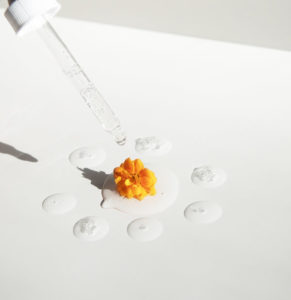
5. Designing packaging and attractive labels for cosmetics products
The design of your cosmetics products’ labels and packaging is an important aspect in attracting your target audience. Because you can’t just trust the production methods or formulation, the product exterior also has an effect when it comes to standing out among your consumers. At the same time, the external part of your products must also display their composition to prevent potential allergies or other skin problems.
What the packaging for a cosmetics product should be like
Packaging should include a list of the main characteristics such as the information, design or materials. This will give safety and confidence to the people that choose to consume it, in addition to confirming the benefits and properties it will have for their skin.
There are a set of variables that must be considered in the manufacturing of cosmetics products:
- Product information. This is a description that has to be displayed on the packaging and must be relevant, given that it goes beyond the benefits of its application. In other words, it is informative and not for advertising and should include details that protect and look after the consumer’s health, in addition to other relevant details regarding the brand.
- Design. The product packaging should be attractive to draw the consumer’s attention. The color and font should match the brand’s personality. Ultimately, the design of the product has to seduce the target audience.
- Shape. Cosmetics products are usually of a similar shape so consumers can recognize them quickly. However, you can experiment with the design and shape of your brand’s products.
- Materials. The materials that the product packaging has been made with must be listed on the outer label.
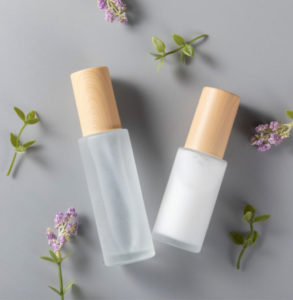
Characteristics of cosmetics packaging labels
When creating a cosmetic, a set of requirements and standards have to be met to guarantee people’s safety and well-being. In addition, these conditions should be reflected on the product labels.
Other aspects to include on the label are the expiry date, function of the product and batch number. These details are vital because the batch can be found much more quickly if a product is defective. Other details that must be displayed on the label are the weight or product volume, and also the precautions to take during use.
6. Choosing cosmetics product suppliers and manufacturers
Choosing the supplier or manufacturer for your cosmetics line is a decision you should think about properly and selectively. Below, we give you some recommendations for selecting the manufacturer of your cosmetics products.
- Facilities and full work team. When you are going to choose a manufacturer for your products, make sure they have everything you need in terms of work and research in order to make your cosmetics. The beauty world is constantly changing, new formulas and trends emerge, so it is vital to have the technology capable of producing specialist and high end cosmetics.
- Extensive experience in R+D and production. Once you have chosen the cosmetics manufacturer you want to make your products for you, you can check the years of experience they have in R+D and production.
- Complies with quality and safety standards. When creating a cosmetic, a set of requirements and standards have to be met to guarantee people’s safety and well-being. Check the manufacturer you have chosen takes into account good practices in manufacturing cosmetics.
- Includes a quality department It is recommended that the supplier has a quality department to ensure the products are in good condition. The following tasks are usually carried out in this space: inspection of formulas and packaging materials, print tests, bacteria inspection teams, among other functions.
7. Digital marketing strategies for cosmetics brands
When it comes to guaranteeing the success of cosmetics, the manufacturer plays a significant role, but creating the appropriate and effective marketing strategy is key in attracting consumers.
Here are some of the most widely used marketing and advertising strategies by beauty and cosmetics brands.
- Use video to stand out and attract users. Video content for cosmetics products usually attracts users’ attention on social media. This is particularly the case when it involves tutorials or a positive review of a beauty product.
- Jump onto the influencer marketing bandwagon. People with thousands and millions of followers on their social media profiles have a huge impact on other people and they create trends. Use these professionals in your marketing strategy to advertise your products and reach more consumers.
- Social networks are your major sales weapon. We cannot let the opportunity that social networks give us pass us by: Reach a large crowd of people in a simple and quick way. Before you do anything else, you should perfect your strategy to learn to communicate effectively with your audience.
- Consider new forms of selling. Traditional methods of selling may work for most brands, but using other methods such as subscriptions, redeemable points, product offers, among other tactics can also be an excellent technique. And remember that it is essential you have your products available to sell online.
8. Managing the supply chain in the cosmetics industry
The correct management of the supply chain is important in the cosmetics industry in order to guarantee the availability of the products, as well as to satisfy consumer demand. To achieve this objective, you need a solid and planned strategy.
- Establishing optimum relationships with the suppliers of raw materials is essential. Choosing a quality manufacturer will guarantee excellent results in your cosmetics products.
- Demand planning may be another aspect to consider since, by using historical data, companies can predict future demand and adjust stock levels as a result.
- Efficiency in manufacturing and logistics are processes that must be valued in order to guarantee that the products are made and distributed properly.
Managing the supply chain requires careful planning, solid collaboration and advanced technology to guarantee the availability of products and be able to fulfil the expectations of the market.
Here at MS Laboratorios, we have more than 15 years of experience in creating high quality and premium formulas for a whole host of clients in different countries around the world. We have advanced technology and fantastic specialists to accompany each brand during the manufacturing process of their cosmetics products.
Don’t hesitate to contact our team to achieve the best results in your products and maximize profits for your company.


